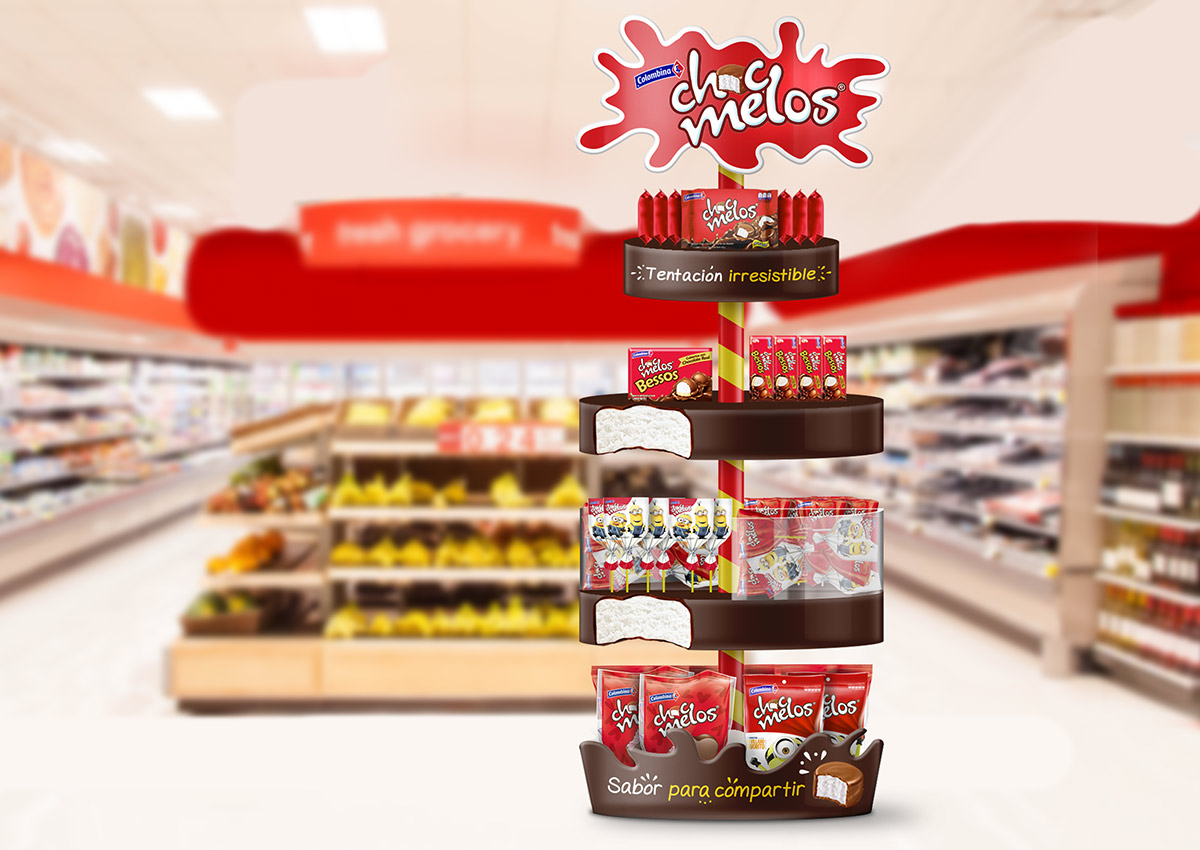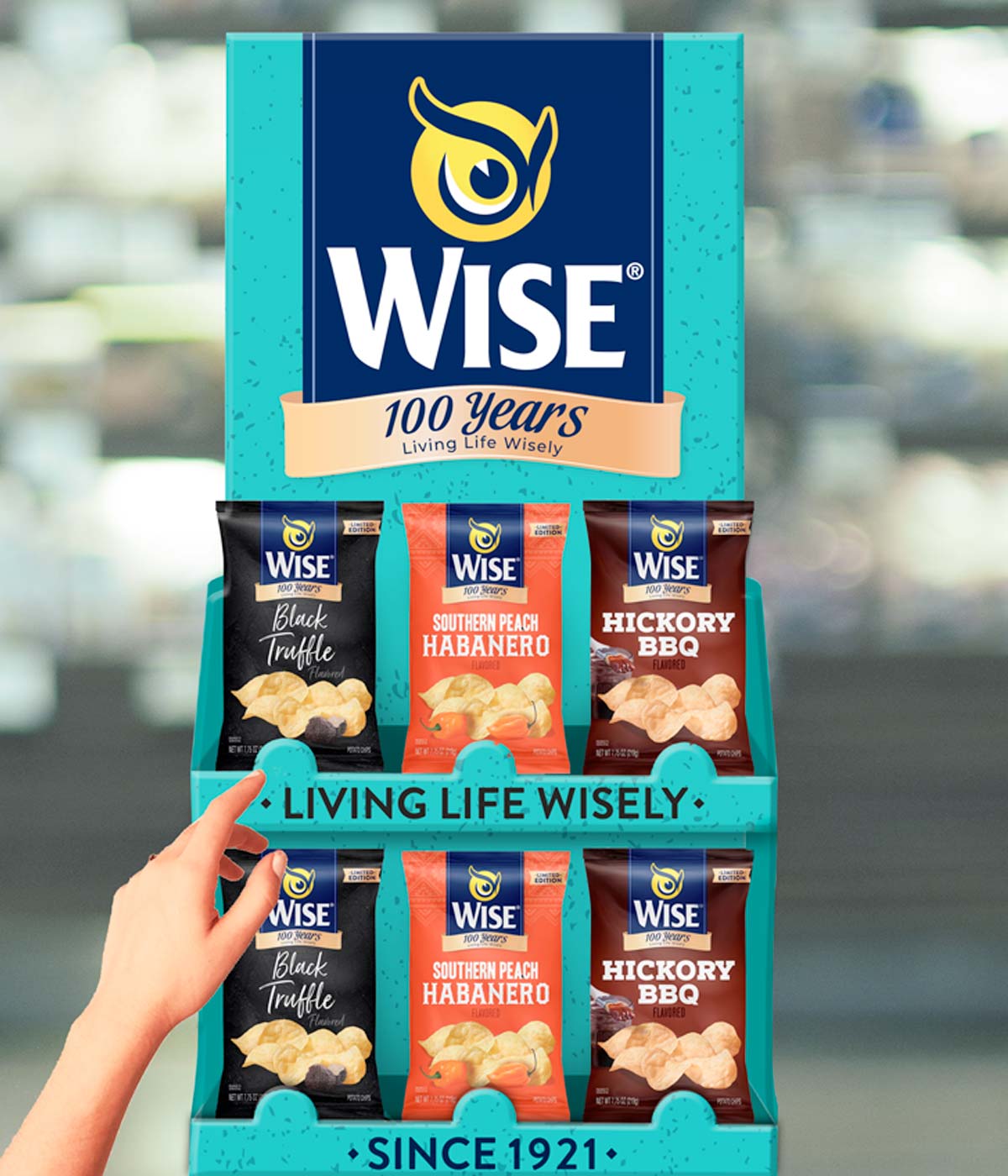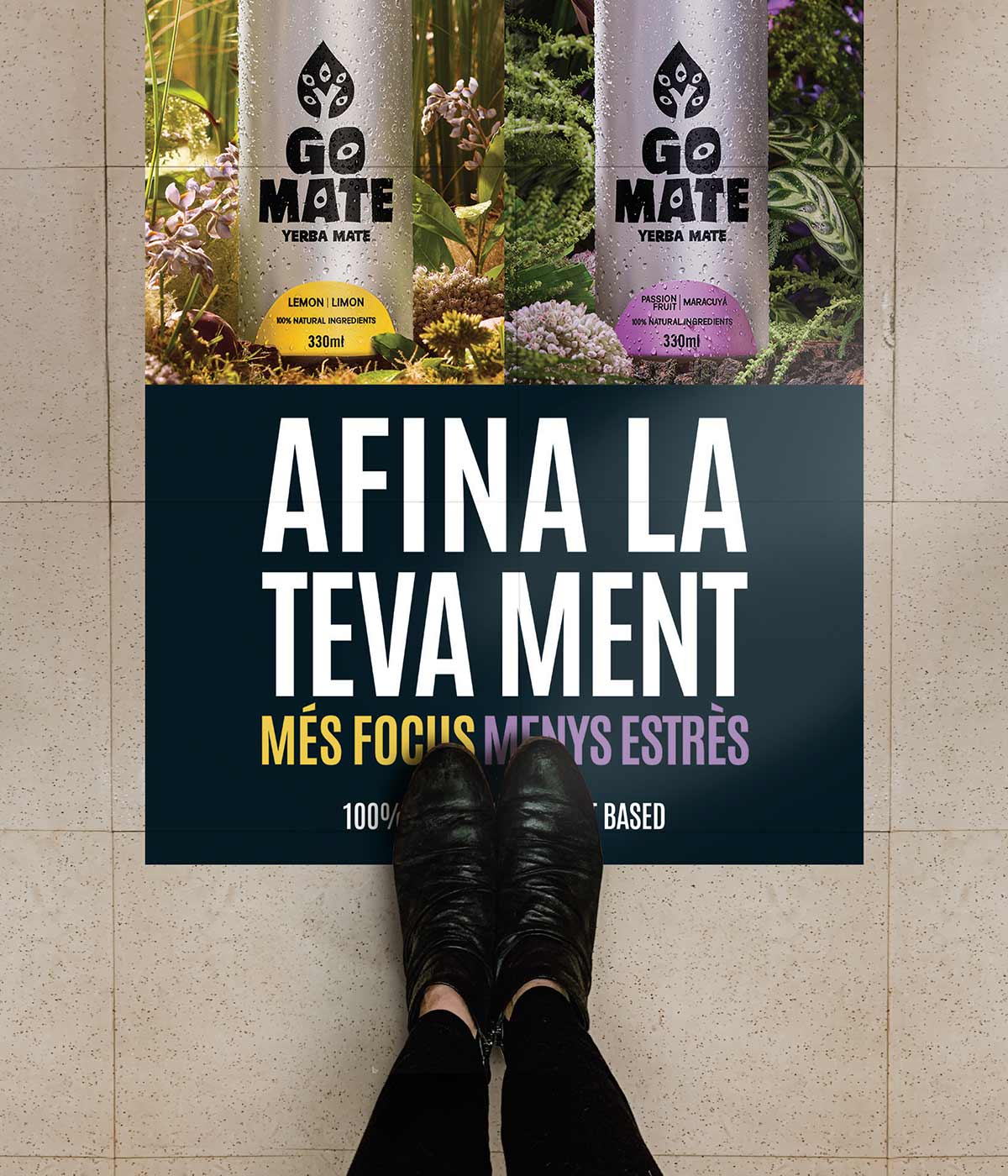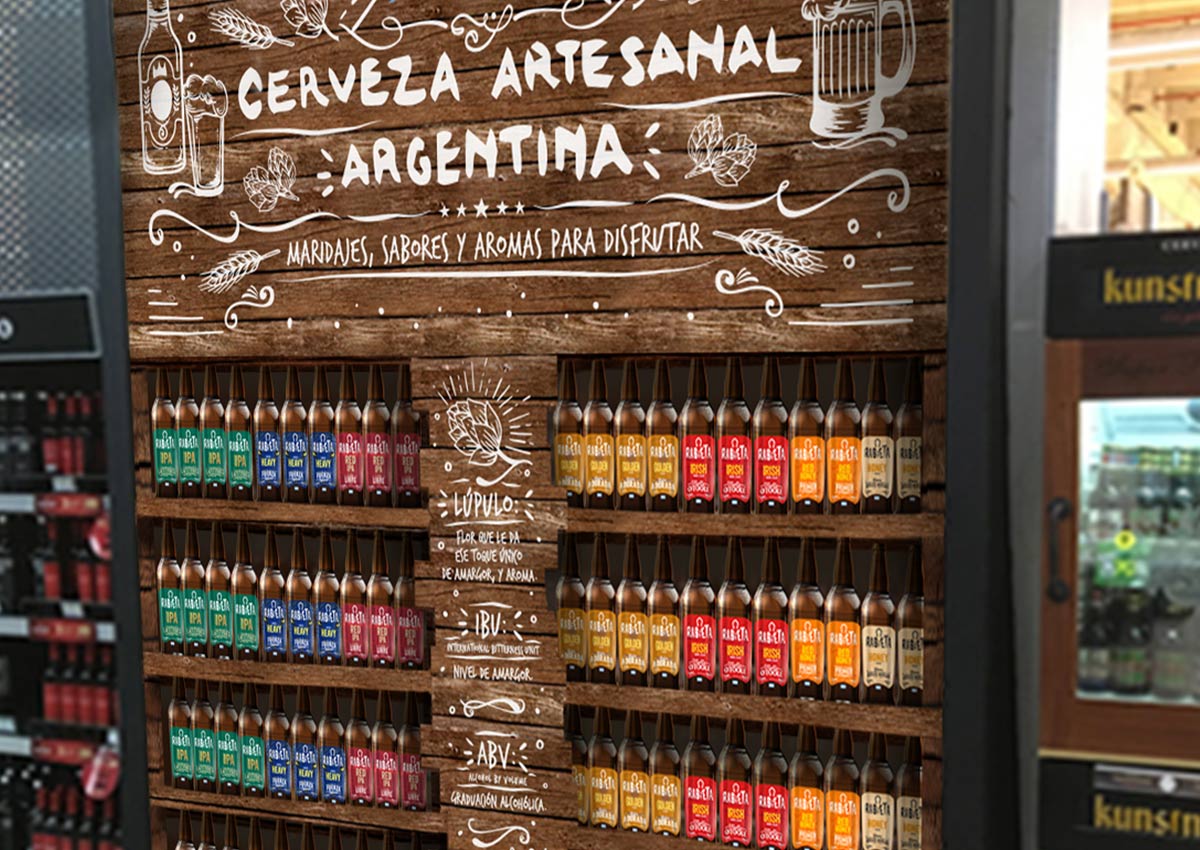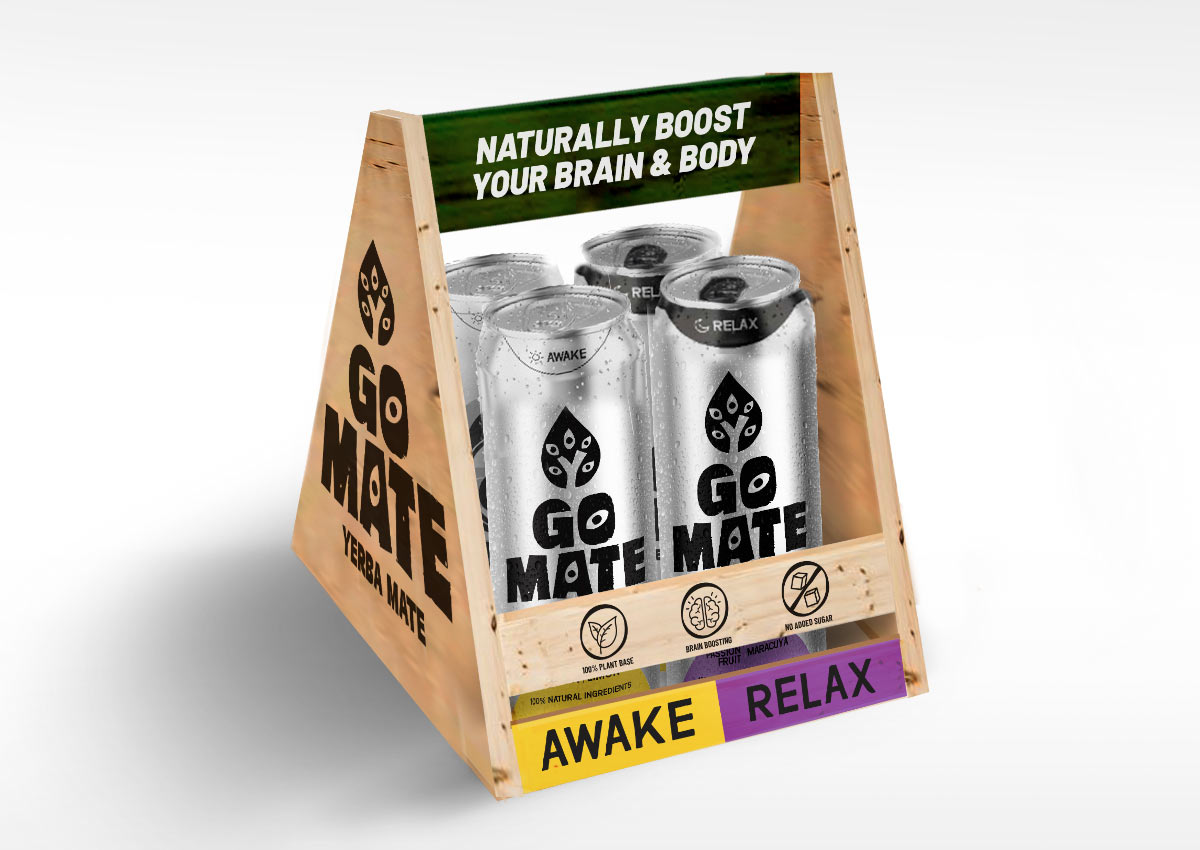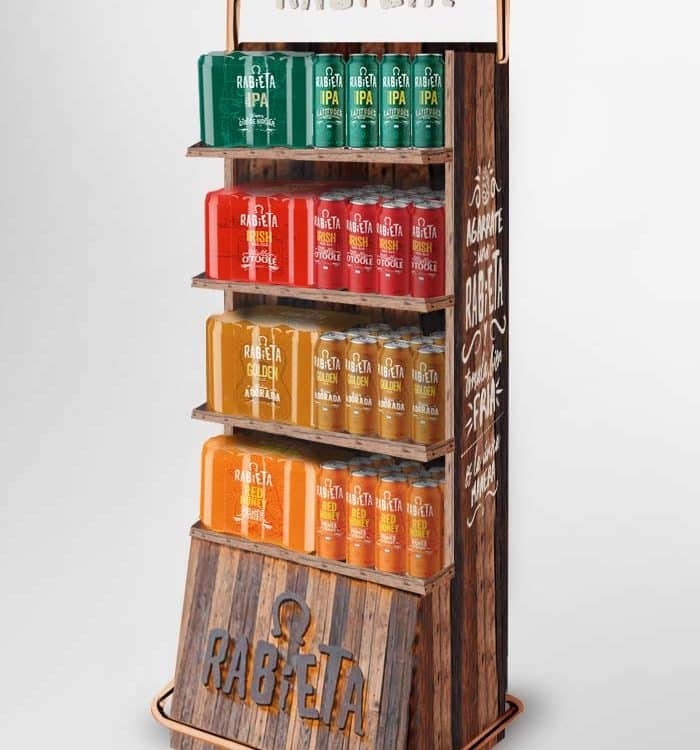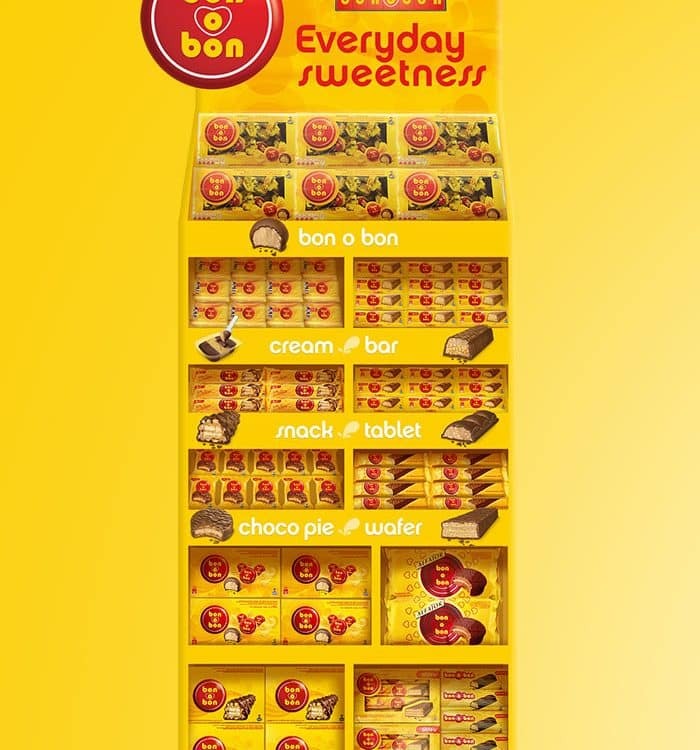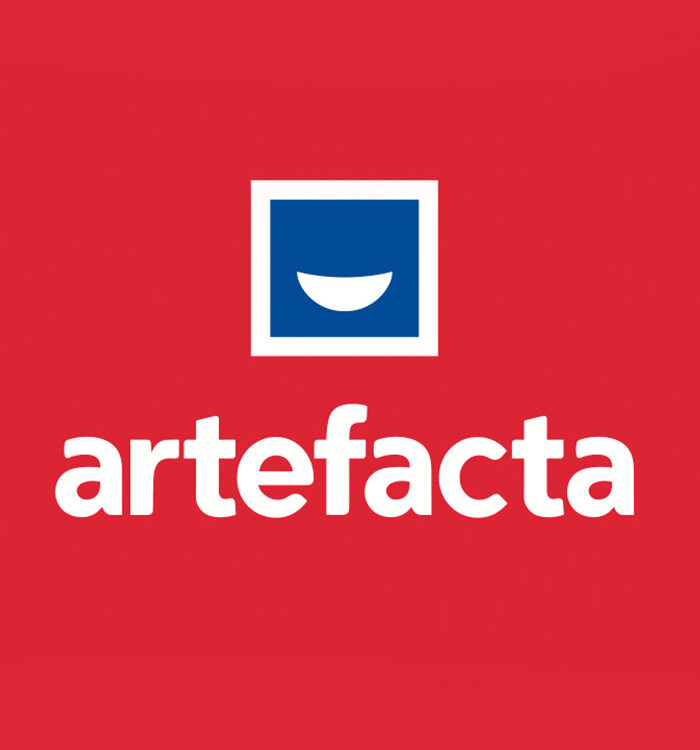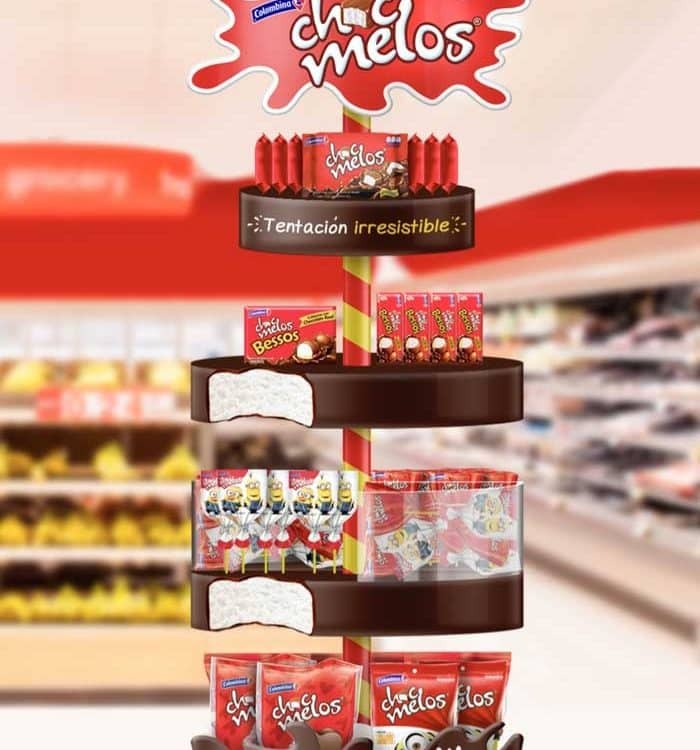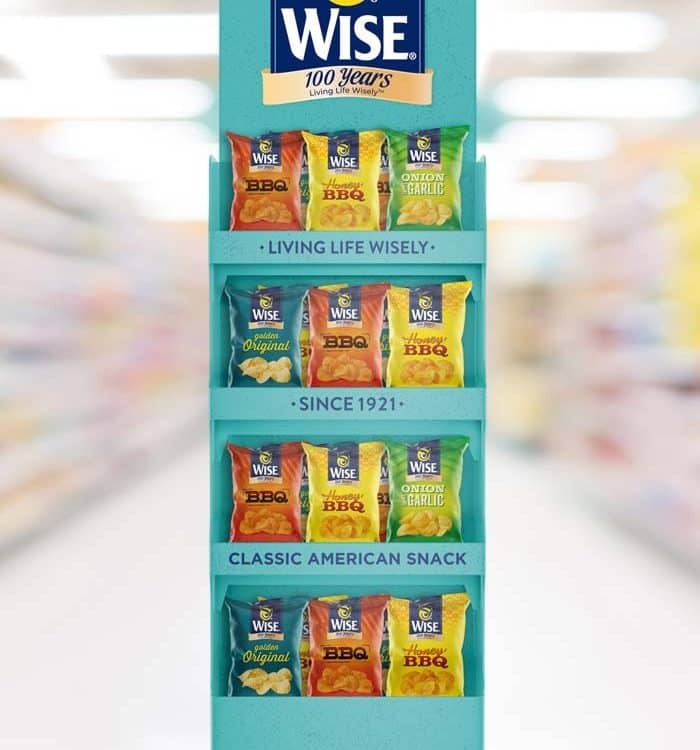In Store & Shopper Marketing
At Imaginity we consider In Store or Point of Sale material (P.O.S.), a fundamental part in the graphic communication of a product, because it indirectly promotes the recognition of a brand or product towards the consumer, since it is found in the different points of sale or market distribution.
In-store marketing and point-of-sale (POS) materials are essential components of retail marketing, as they can help drive sales and increase brand awareness at the point of purchase. Some of the key benefits of in-store marketing and POS materials include attracting shoppers' attention, providing product information to aid purchasing decisions, and enhancing the shopping experience. These materials can create a more engaging and enjoyable shopping experience, driving sales, and leading to increased customer satisfaction and loyalty Overall, in-store marketing and POS materials are key elements of retail marketing, as they can help drive sales and enhance the shopping experience for customers.
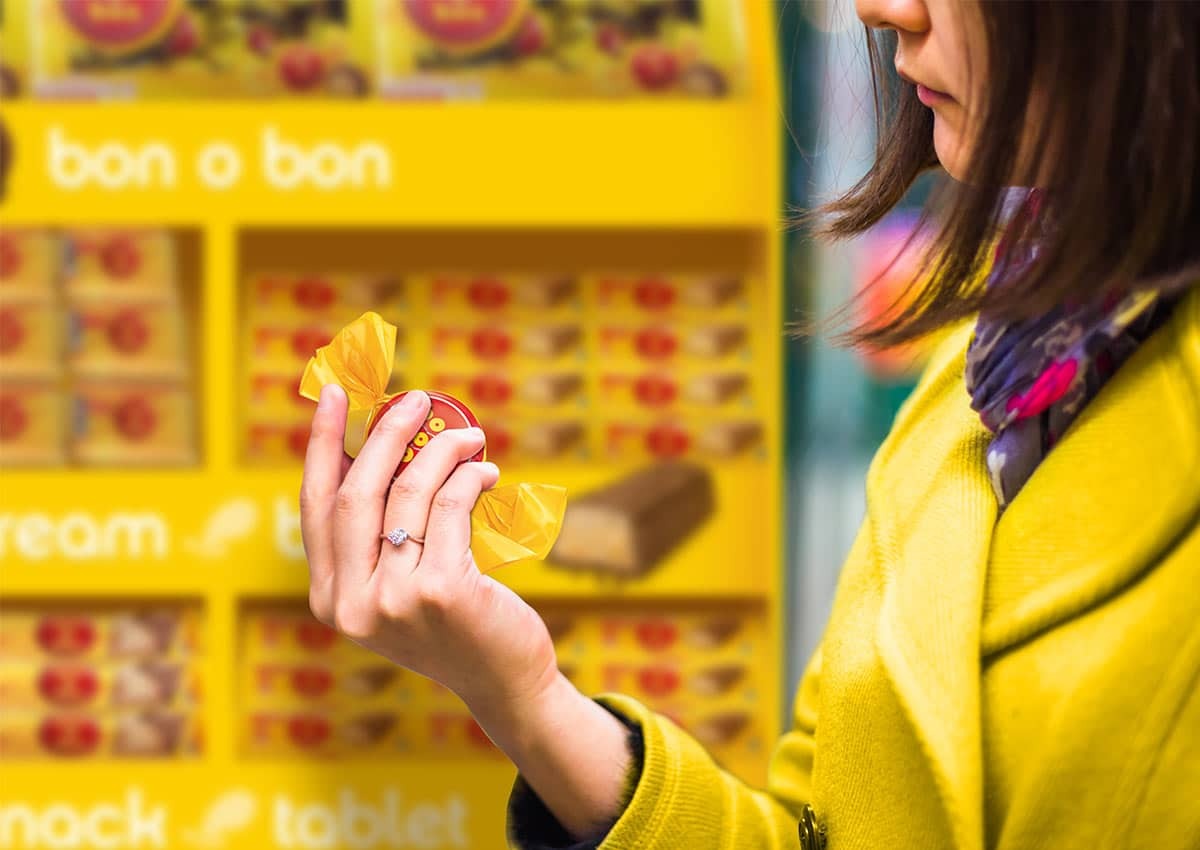
In-store communication: different zones in the store
Point-of-sale (POS) materials are a type of marketing tool that are placed at locations where products are sold in order to promote a brand or product. These materials can include a wide range of objects such as flyers, posters, and promotional items that bear information about the company or product. The use of POS materials has several benefits, including increasing the visibility of the product, driving sales, and reducing advertising costs. By strategically using POS materials both inside and outside of stores, businesses can effectively draw consumers to their products and encourage them to make a purchase. Overall, POS materials can be an effective way to reach and influence consumers while also providing cost savings for businesses.
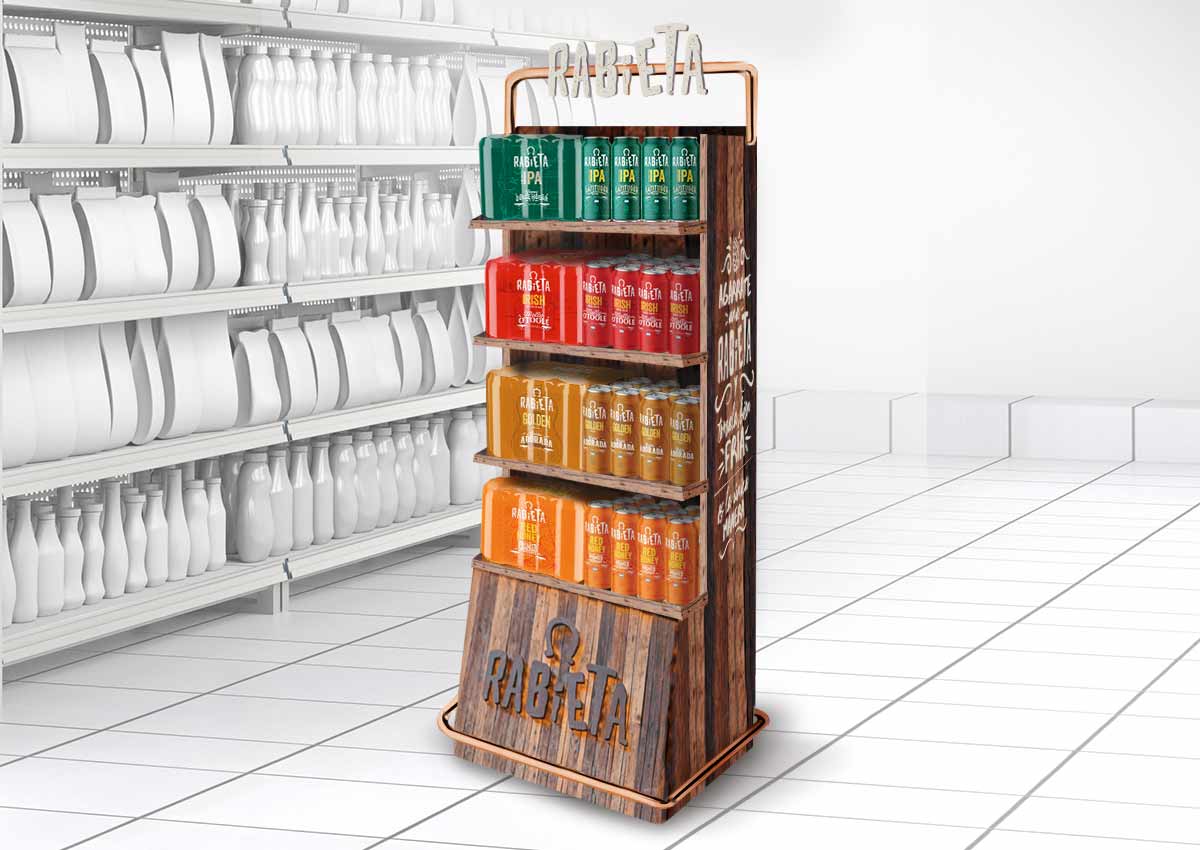
Marketing Communication
In the context of marketing communication at the point of purchase, it can be divided into four different zones: the proximity zone, the transit zone, the impulse zone, and the destination zone. The proximity zone is the area immediately surrounding the point of purchase, such as the storefront or entrance. The transit zone is the area where customers move through the point of purchase, such as the aisles of a store. The impulse zone is the area near the checkout counter where customers may be more likely to make impulsive purchases. And the destination zone is the area where customers go specifically to make a purchase Each of these zones serves a specific purpose in marketing communication at the point of purchase, and it is important for companies to consider how to effectively engage customers in each area.
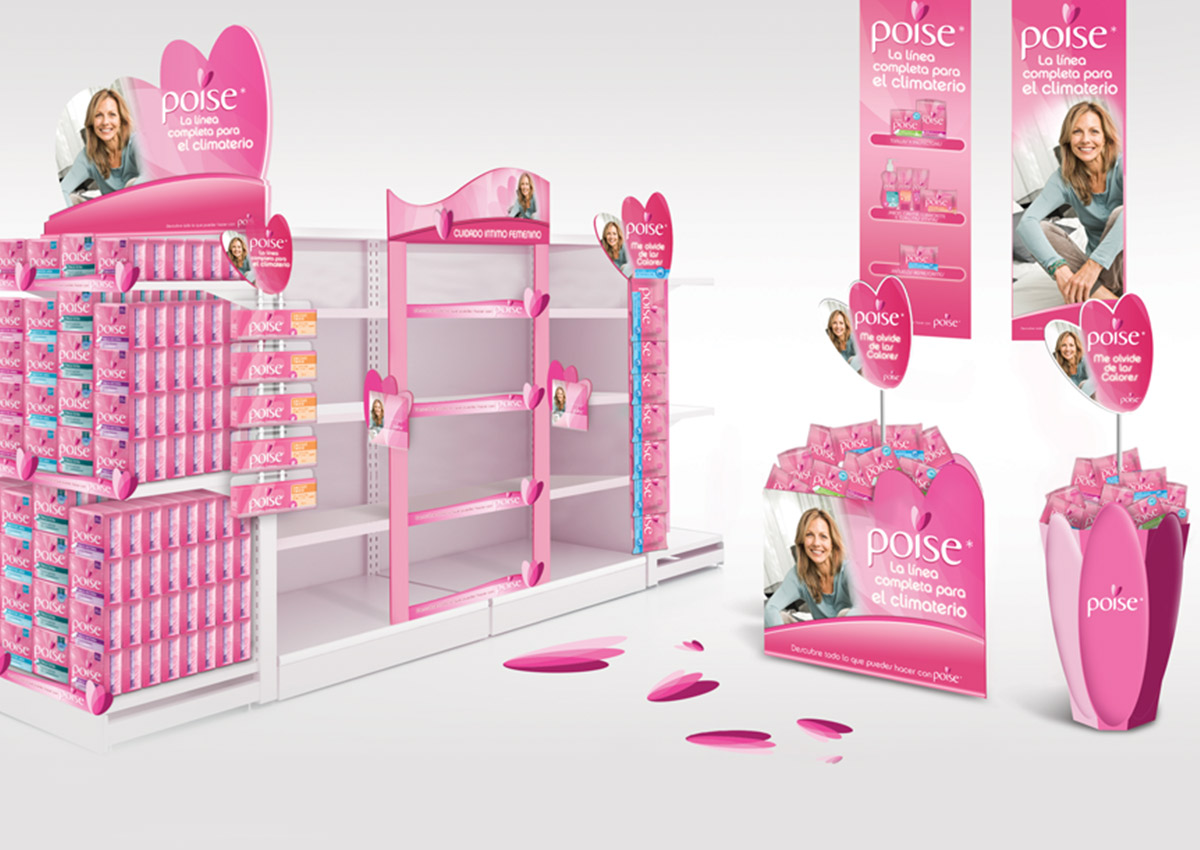
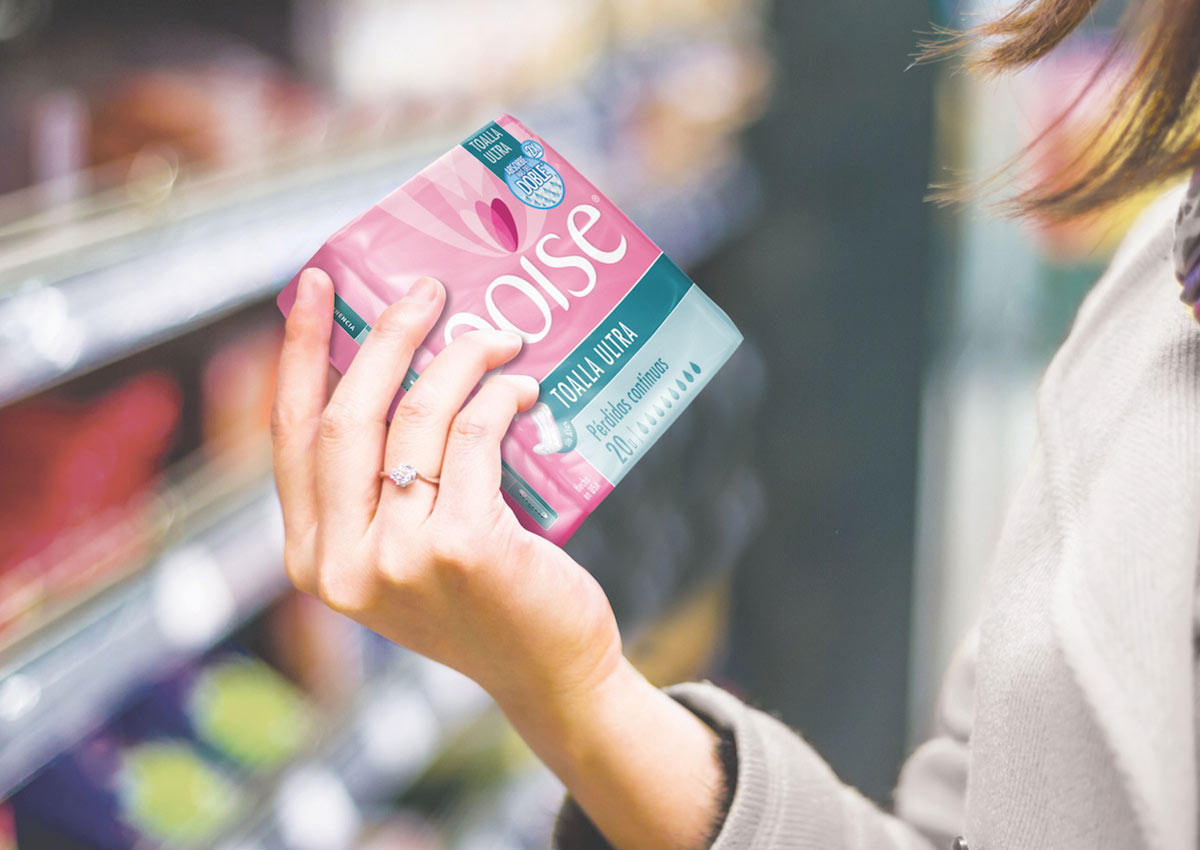
Proximity and Transit Zone
Zone 1: Proximity – Engagement: This is where the external branding engagement takes place, outside the purchase zone. It seeks to attract the consumer to the point of sale from the public thoroughfare; as it can be with canopies or backlights on public roads near the points of sale.
Zone 2: Transit Zone – Awareness: The branding engagement in this case is informative and is located at the entrance of the point of sale. The communication system is external and is carried out through posters, projections or danglers right at the entrance of the purchase area.
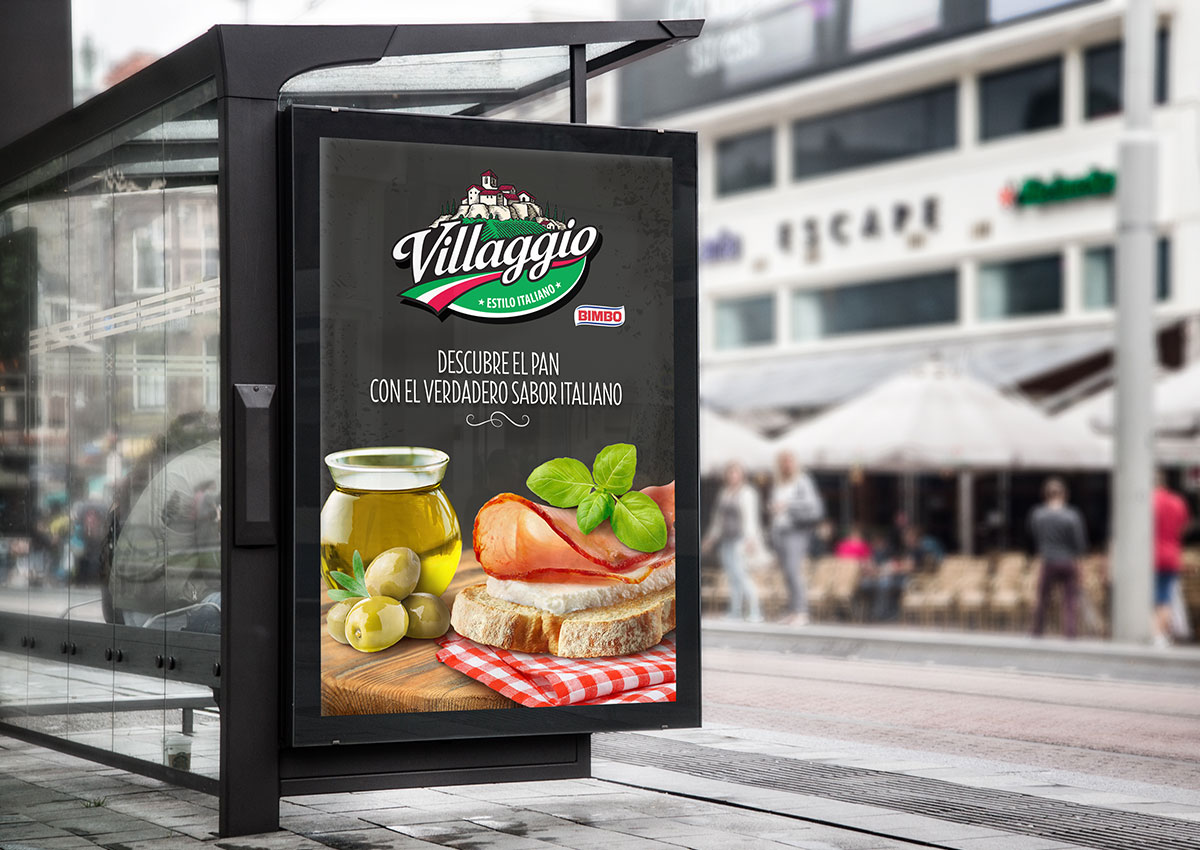
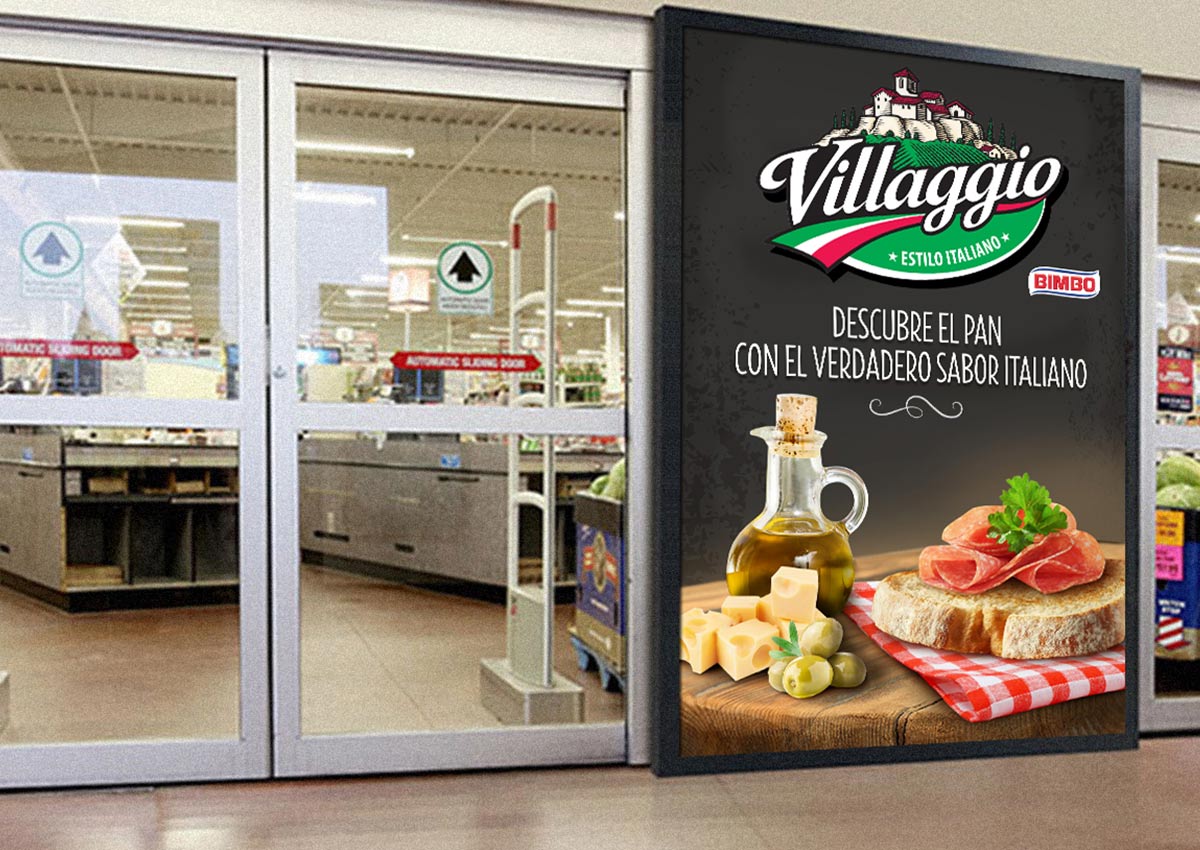
Impulse and Destination Zone
Zone 3: Impulse Zone – Enticement: It breaks with the routine on the way to the purchase. The P.O.P material is displayed outside the category. Impulsive in nature. There may be signs on the floor that guide the consumer to a certain sector; Pendants, danglers or corporeos can also be used in areas where products are sold in relation to the category.
Zone 4: Destination Zone – Choise: Focus on the occasion of consumption. Internal character. In the same gondola or refrigerators where the product is. They can be borders, danglers, pompadours, displays or islands. Where the consumer makes the purchase.
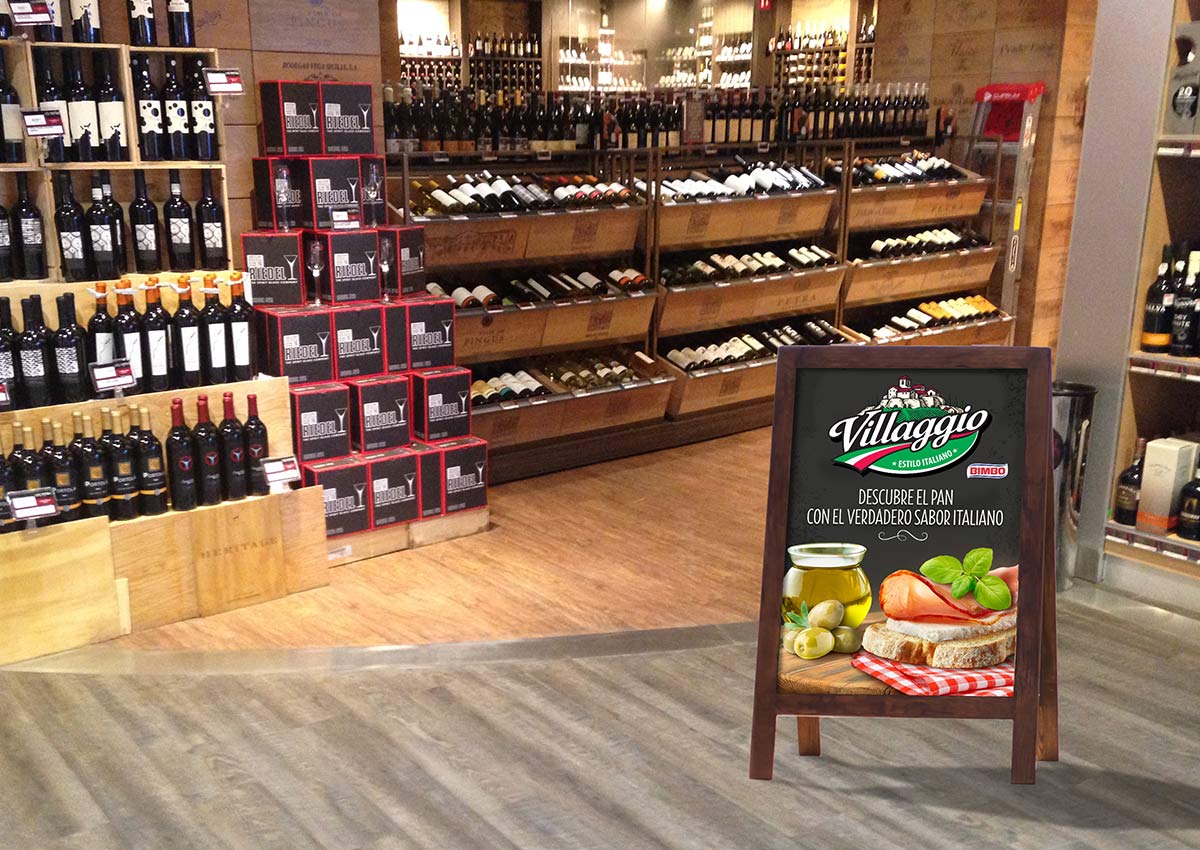
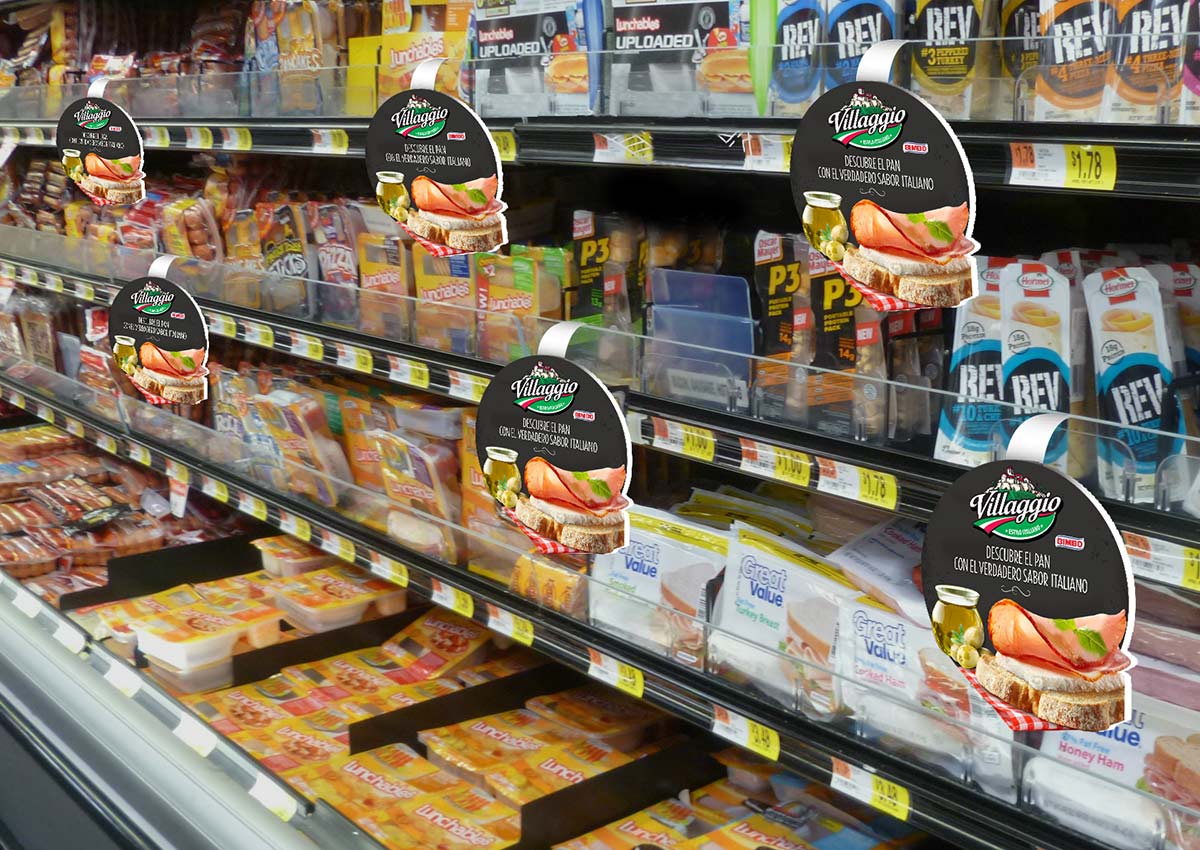
Glorifying the Product
Glorifying the product in the destination zone, i.e. in the aisle of a supermarket refers to the use of techniques and tactics to highlight and promote a product in an appealing and attention-grabbing way. The objective is to make the product stand out and encourage shoppers to purchase it. Placing the product in a prominent location, such as at eye level or at the end of an aisle, can help it stand out and catch the attention of shoppers. Using eye-catching displays and packaging, as well as attractive product signage, can help make the product more appealing and encourage shoppers to purchase it.
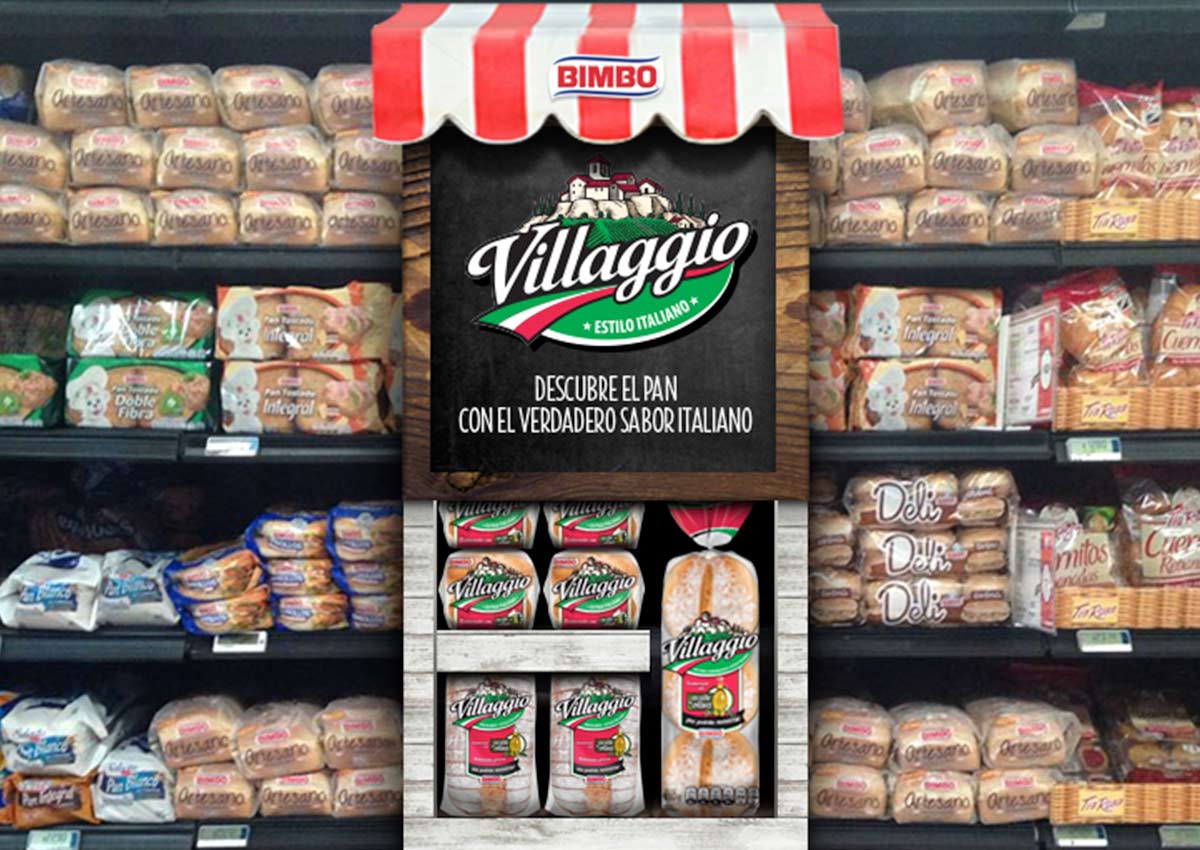
Marketing Strategy
The proper use of branding in the design of point-of-sale (POS) materials is an important aspect of marketing strategy. Proper branding helps to create a cohesive and consistent image for a product or business and can be effective in attracting and retaining customers. When designing POS materials, it is important to incorporate elements of the brand's visual identity, such as its logo, colors, and typography. These elements should be used consistently across all POS materials to help create a cohesive brand image. In addition to visual elements, the messaging and tone of the POS materials should also align with the brand's overall voice and messaging. This can help to reinforce the brand's values and personality in the minds of consumers. Overall, the effective use of branding in the design of POS materials can help to create a strong and memorable image for a product or business, and can be an effective way to drive sales and customer loyalty.

Planned Purchases
Both planned and unplanned purchases are important at the point of sale, and brands should consider both types of purchases when developing their marketing in-store strategies. Planned purchases at the point of sale are those that are made by customers who have already decided to purchase a specific product or service. These purchases are often the result of careful consideration and research, or regular repetitive purchases, and customers may have a clear idea of what they are looking for. Product visibility, such as at eye level or at the end of an aisle, detailed product information, and pricing can be provided to help customers make planned purchases.
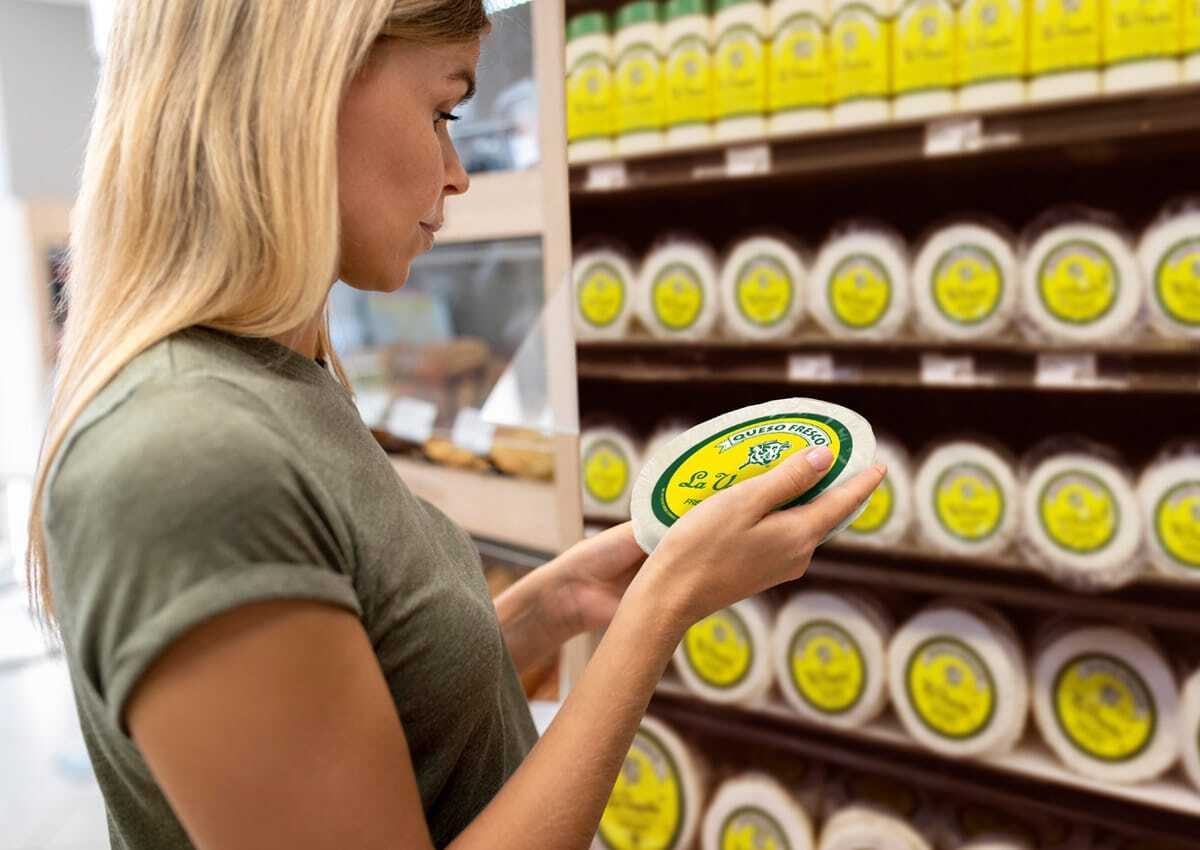
Unplanned Purchases
Unplanned purchases at the point of sale are those that are made spontaneously or on impulse. These purchases are often the result of unexpected or unanticipated stimuli, such as an eye-catching display or a special offer. Unplanned purchases may be made without much prior thought or consideration, and may be driven by emotions or desire rather than practical considerations. Product displays and signage can be used to attract the attention of shoppers and encourage them to make unplanned purchases,
